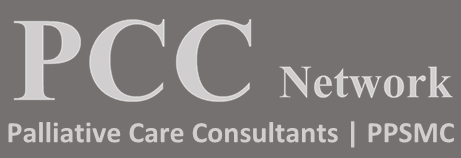Identifying Delirium in Palliative Care – Part 2
Strategies for Early Identification & Screening Tools
Consider the presence of delirium in any patient with advanced disease demonstrating an acute onset of agitation, impaired cognitive functioning, sedation, uncooperative behaviour, personality changes, altered attention, fluctuating level of consciousness or uncharacteristic anxiety, or depression. Early identification is pivotal for optimizing patient comfort and outcomes. Here are some essential strategies:
- Baseline Assessment – Establish a baseline cognitive status early in the palliative care journey. This helps in comparing and identifying any deviations indicative of delirium1.
- Regular Monitoring – Implement routine cognitive assessments using validated tools like the Confusion Assessment Method (CAM), the Nursing Delirium Screening Scale (NuDESC), or the Richmond Agitation-Sedation Scale (RASS)1. Regular monitoring allows for early detection of delirium symptoms1. Consider augmenting with a brief attention test (counting backward from 20 to one) for further information2.
- Family & Caregiver Involvement- Engage family members and caregivers in monitoring for behavioral changes or shifts in mental status. They often notice subtle changes that healthcare providers might miss1.
- Medication Review- Evaluate medications regularly for potential contributors to delirium, such as opioids, benzodiazepines, or anticholinergics. Adjust or taper medications when appropriate1.
- Address Underlying Causes – Investigate and treat reversible causes of delirium, such as infections, dehydration, pain, or metabolic disturbances. Prompt management can alleviate symptoms1.
- Multidisciplinary Approach – Collaborate with a multidisciplinary team including physicians, nurses, pharmacists, and psychologists. Their varied perspectives can aid in comprehensive assessment and management1.
- Document Changes – Document any observed changes in cognitive function, behaviors, and responses to interventions. Clear documentation supports continuity of care and informs ongoing treatment decisions1.
By integrating these strategies into daily practice, healthcare providers can enhance their ability to identify delirium early, optimize symptom management, and improve quality of life for patients receiving palliative care. It is important to note that delirium often coexists with underlying illnesses in palliative care, making it essential to differentiate from dementia or depression. Up to 1/3 of episodes of delirium can be missed if systematic screening does not occur2. Regular monitoring, using validated assessment tools, and involving caregivers in observations are key to identifying and managing delirium effectively.
Resources
-
- Ontario Palliative Care Network. (2020). Clinical practice guideline: Delirium management in palliative care.
- Pallium Canada. (2018). Delirium. In The Pallium Palliative Pocketbook (Second edition, pp. 7-3-7–5). https://www.pallium.ca/mobile-app-pocketbook/
Download Tip of the Month




